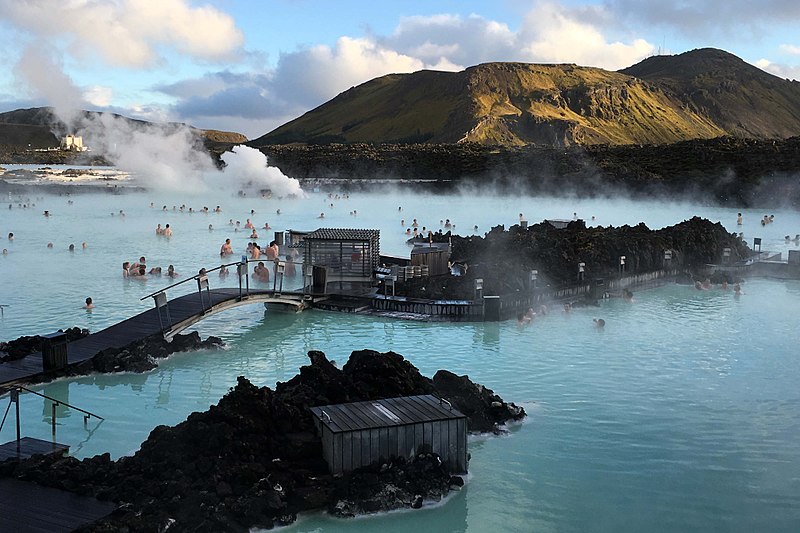 Brian Ledgard
Brian Ledgard
This small, isolated wonderland in the north Atlantic might seem intimidating to a first-time traveller. But this checklist will help you take Iceland with both hands (careful, it might be slippery!) and embrace its whimsical culture, to ensure that this little piece of Scandinavia will stay with you forever.
The Blue Lagoon
No trip to Iceland is complete without soaking yourself in the geothermally-heated waters of this country's little treasure (top) just outside capital Reykjavik. The silica-sulphuric based liquid will moisturise your skin while keeping your body reliably heated, as the water’s average temperature ranges anywhere from 37 to 39° Celsius (98-102° Fahrenheit).
The opaque, light blue water provides itself with a murky appearance; and due to the volcanic, black rocky surroundings, it almost gives you the impression that you’re in a foreign land – almost as if you’re on another planet or even the moon. Take pleasure in applying the silica-like sludge to your face while enjoying one of the Blue Lagoon’s finest cocktails. Relaxation is justly taken to a new level in these warm, soothing waters.

The Golden Circle
This ring-shaped route encompasses three of Iceland’s most awe-inspiring natural beauties. Firstly you will discover Gullfoss (above), Iceland’s grandest waterfall. Produced by slowly melting glaciers, multilayered Gullfoss gives off a multi-coloured appearance while the icy cold waters gush out into an immense rift – a truly wonderful sight. The second site, near Gullfoss, is Geysir, which spews boiling steam up to 70 metres in the air. While the Great Geysir was blocked by tourists hurling objects into it during the 1950s, Iceland’s most dependable geyser, Strokkur ("Butter Churn"), is situated 50 metres away and erupts on average approximately every four minutes.And the third stop, deserving of its own entry, is...

Thingvellir National Park
Spelled "Þingvellir" in Icelandic, this 9,270-hectare (36-square-mile) UNESCO World Heritage Site a relatively short drive north of Reykjavik was the location of the world’s first democratic parliament, established around 930 AD. And just aesthetically, the park is also a sight to behold as it is also a vast crevassed dale, which was brought about by the dividing Eurasian and North American tectonic plates.
fshoq
The Northern Lights (Aurora Borealis)
In the cold night hours between November and March the Northern Lights can be best viewed from the skies of Iceland's more secluded regions of Iceland, away from city lights of Reykjavik. Undulating bands of green, red, and other colurs shimmer across the night sky - but only when conditions allow. Not only is darkness essential, but the air needs to be crisp and cold, with few clouds in the sky. But well worth the effort!!
Comments